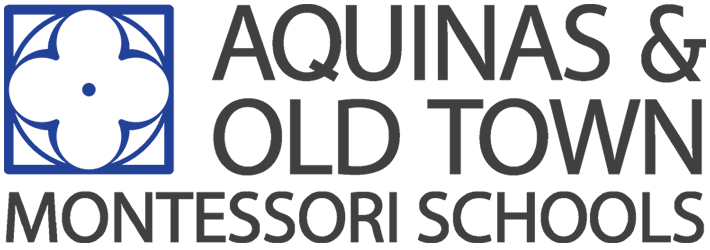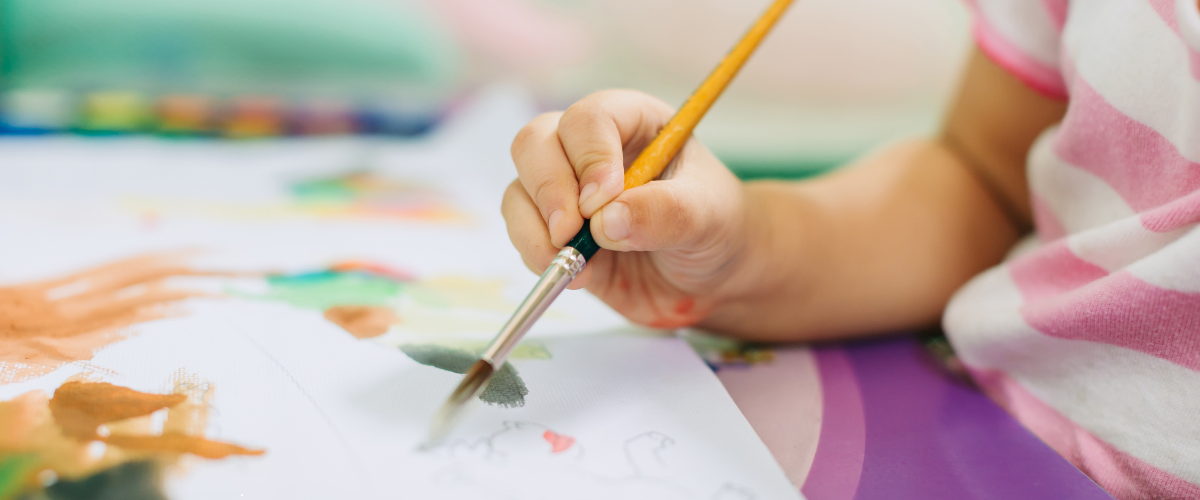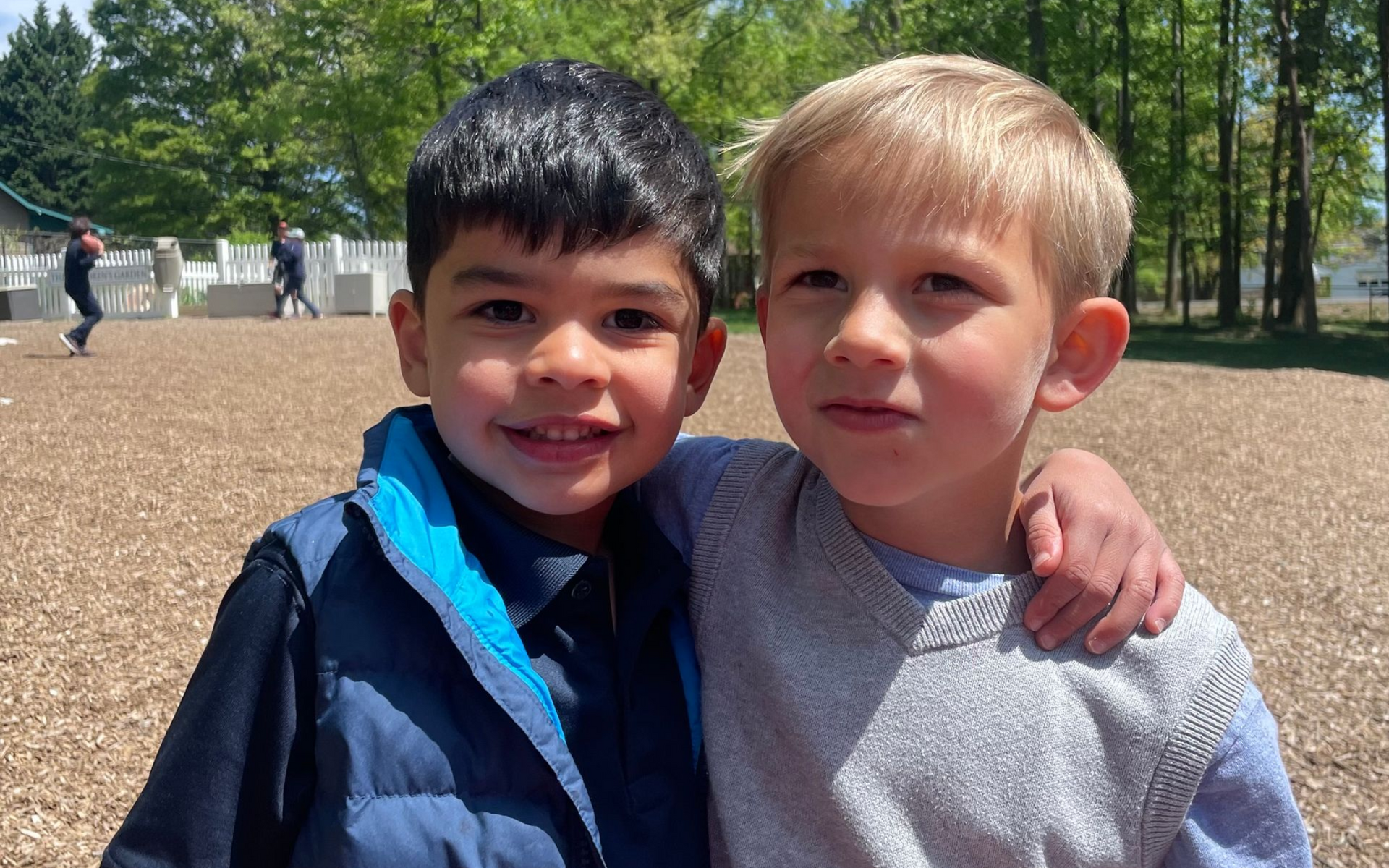What Happens in the First Few Weeks?
The First Montessori Materials in the Children's House
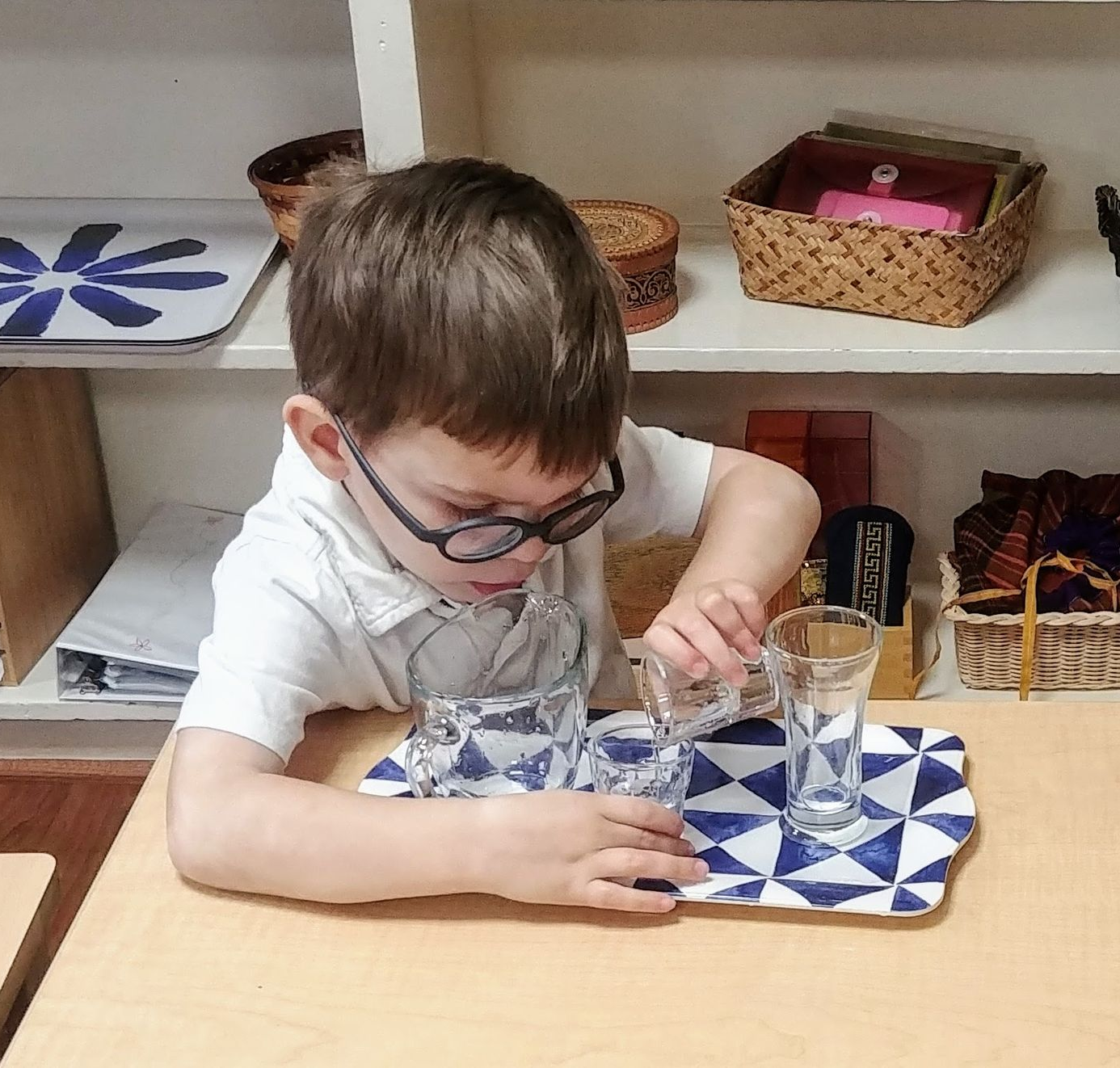
Very young children rarely share much about their school day. Of course, their loved ones are very interested to know more details about their life at school. In the Montessori Children's House, the journey of discovery and learning begins with foundational materials carefully designed to nurture independence, concentration, and the joy of exploration. Dr. Maria Montessori envisioned a prepared environment where children could engage in purposeful activities that develop both their intellect, social behavior, and practical life skills.
Let’s delve into the essential Montessori materials and activities shared with 3- and 4-year-olds during the first weeks in the primary classroom that pave the way for a child's holistic development.
Preliminary Exercises
Teachers use preliminary exercises that prepare children for more complex tasks to introduce new students to life in a Montessori classroom. These activities focus on refining fine motor skills, enhancing coordination, and fostering concentration. From pouring and spooning exercises to threading beads and using tweezers, these activities lay a basic foundation for future learning helping young children master the physical skills they will need for later work and helping them understand the basics on how Montessori work happens in the Montessori classroom (get a lesson, work, clean up).
Grace and Courtesy
Grace and courtesy in a Montessori primary classroom encompass a series of structured lessons designed to teach young children the social skills and manners necessary for respectful and harmonious interactions within the classroom and the broader community. These lessons are fundamental in helping children understand how to behave considerately and kindly, thereby creating a peaceful and productive learning environment. Some of the first lessons in this part of the curriculum include morning greetings, unrolling and rolling a rug, choosing and eating snack, walking in the classroom, pushing in a chair, and observing lessons.
Practical Life Activities
Practical life activities are an essential part of the Montessori curriculum, providing children with opportunities to care for themselves and their environment while building skills in the area of independence, concentration, control of movement, and understanding a logical sequence of activity. Children enjoy activities like polishing, table washing, hand washing, and using dressing frames.
Language Development
Language acquisition is nurtured through engaging activities like sound games and vocabulary enrichment using classified cards. Sound games help children develop phonemic awareness and auditory discrimination skills, laying the groundwork for reading and writing. Classified cards enrich vocabulary by categorizing and associating words with corresponding images or concepts.
Art Activities
Creativity blossoms through art activities such as crayon drawing, collage making, and painting. These activities not only encourage self-expression but also refine fine motor skills and hand-eye coordination. Children are encouraged to explore various mediums and techniques, fostering a love for artistic expression from an early age.
Sensorial Exploration and Mathematics
The sensorial materials in the Montessori classroom invite children to explore and refine their senses, while also introducing mathematical concepts in a concrete and tangible way. Materials such as the pink tower, brown stair, color tablets, and solid cylinder blocks provide opportunities for children to differentiate in size, shape, color, and dimension. These activities not only sharpen sensory perception but also lay the groundwork for mathematical thinking, including concepts of size, dimension, and spatial relationships. Through hands-on exploration, children develop a concrete understanding of mathematical principles preparing them for future mathematical learning and problem-solving skills.
Singing and Stories
In Montessori primary classrooms, singing, high-quality literature, and the sharing of oral stories play pivotal roles in fostering a rich and immersive learning environment all year long. Singing is integrated into daily classroom life, helping children develop language skills, enhance memory, and build a sense of community. The melodies and rhythms of songs make learning joyful and engaging, while also supporting phonetic awareness and emotional expression. High-quality literature introduces young learners to the beauty of language, diverse cultures, and complex ideas. Carefully selected stories and poems nurture a love for reading, stimulate imagination, and encourage critical thinking.
Equally important is the role of the teacher in sharing oral stories. This practice captivates children's attention and fosters listening skills, creativity, and imagination. Oral storytelling allows teachers to personalize narratives, making them more relatable and impactful. It also strengthens the bond between teacher and students, creating a warm and trusting classroom atmosphere. Together, singing, literature, and oral storytelling create a harmonious balance of auditory and intellectual stimulation, laying a strong foundation for lifelong learning and personal growth.
Conclusion
The Montessori materials and activities in the Children's House are carefully chosen to support the holistic development of each child. From practical life activities that foster independence to sensorial and mathematical materials that refine sensory perception and mathematical understanding, each experience in the Montessori environment contributes to the child's intellectual, social, emotional, and physical growth. By providing a nurturing and prepared environment rich with purposeful activities, Montessori education empowers children to become confident, self-directed learners who are well-prepared for future academic and life challenges.
